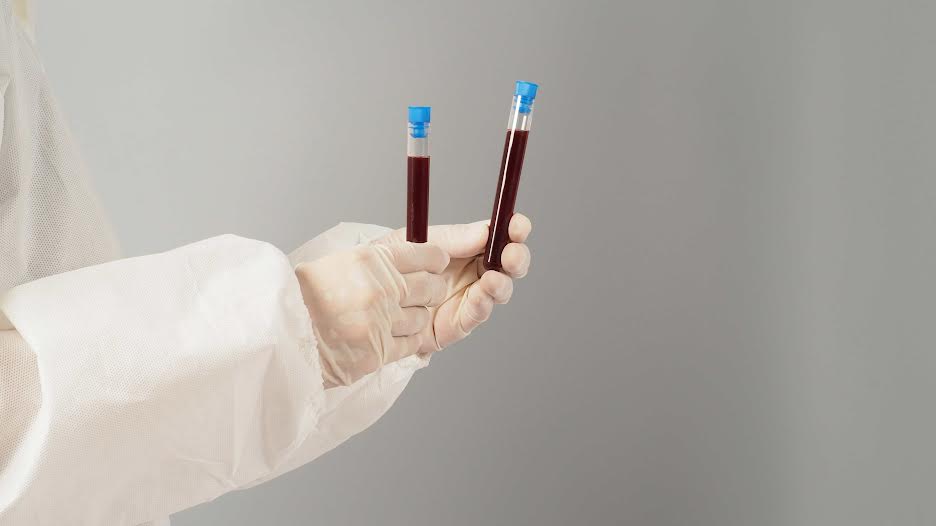
Calls for common sponsorships
Please contact us at info@4ReValue.com
Please provide information about the specific test, the test substance and the kind of animals you are planning to use.
Furthermore, please provide the names of the sponsors which you already have acquired. To offer you the best service please make sure that you mention the companies which would be good partners for you and which one shouldn’t be asked. We will come back to you as soon as possible. partners for you and which one shouldn’t be asked.